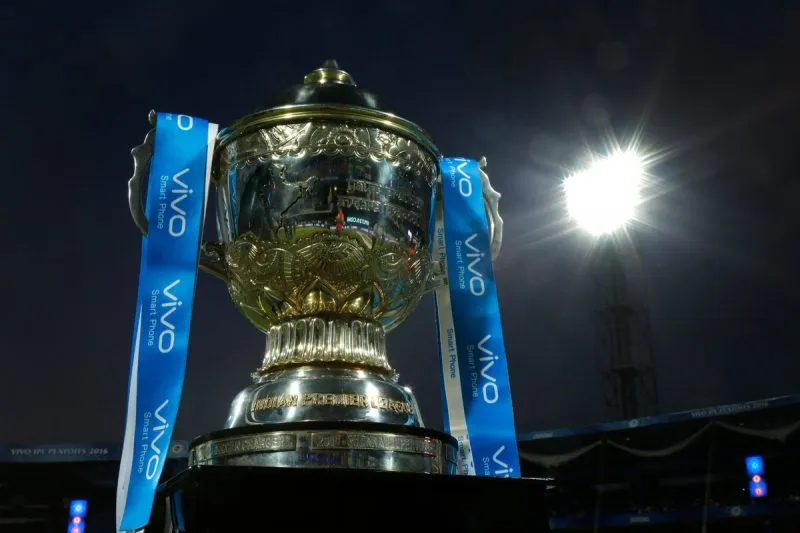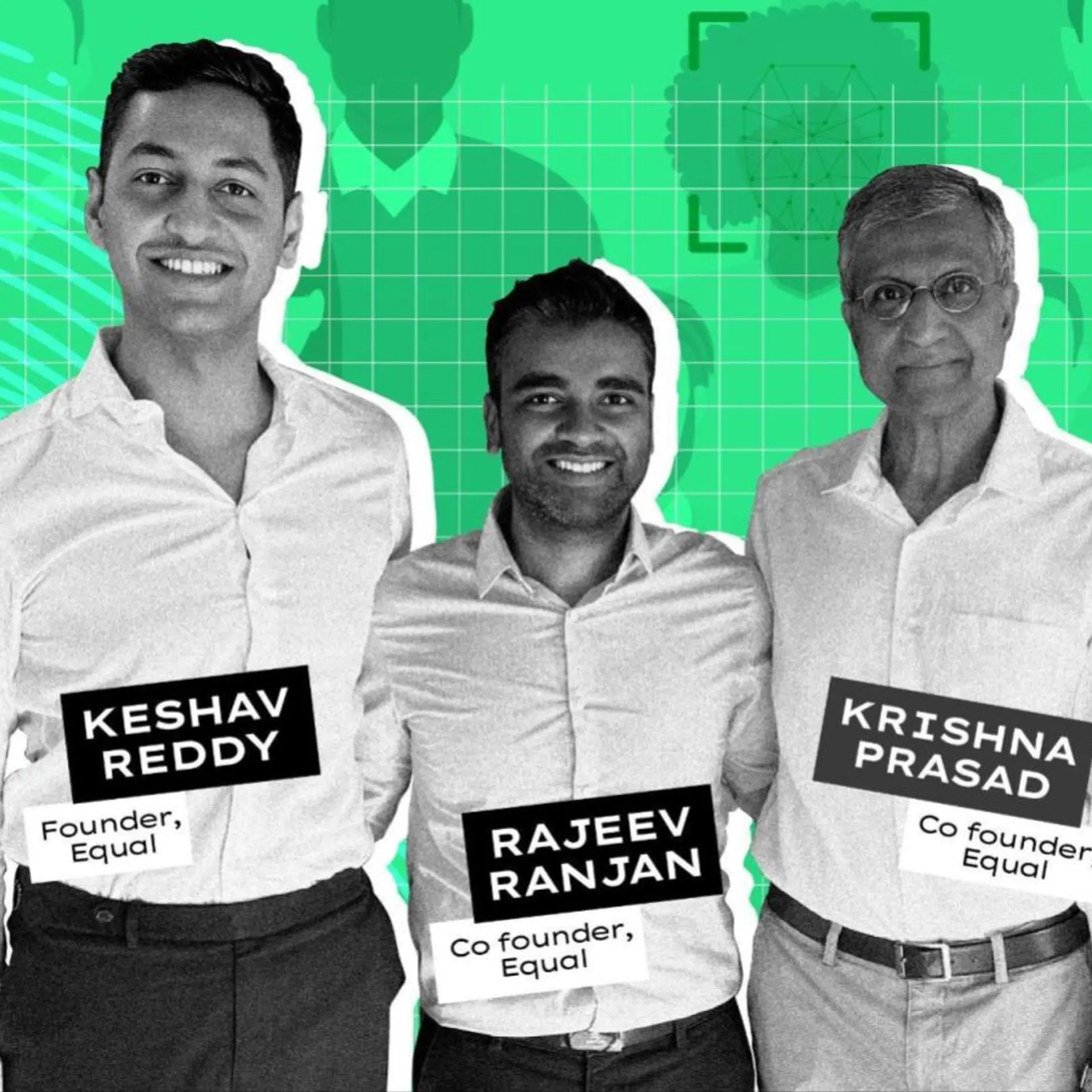How sponsorships kept IPL's eight startups afloat for ten years
IPL teams would have been even more cash-strapped if not for the lucrative sponsorship deals, and BCCI’s central revenues.
Cricket has historically been a great platform for advertisers to connect with consumers, as the game’s popularity and reach to a billion-plus people is second to none.
Hence, when the Indian Premier League (IPL) was announced in 2008, it was regarded a sponsors’ paradise. The IPL promised instant visibility to brands. Brands, in turn, poured millions of dollars in sponsorships — either with the central league and/or with individual franchises.

However, ten years on, it turns out that the teams needed brands more desperately than vice versa. Without the lucrative sponsorship deals, all franchises would have been “on ventilator”, as an IPL tracker put it.
It is a bit like young startups managing to stay afloat only because of sustained investments from VCs. Teams have, at times overspent on talent, marketing, fan-building, etc, caring precious little about the bottomline. Indian startups did so too, going all out to acquire customers and build a loyal, returning base of them.
IPL, though, might have failed to do even that. While international sports leagues have fiercely passionate fan bases that translate into tangible incomes in the form of huge ticket and merchandise sales, in India, fans are tied to individual players, and not the franchises per se.
That has hurt franchise profitability across the board. Barring KKR, which is the most valuable IPL franchise, none of the teams has been able to command fierce fan loyalty. For KKR too, the $58.6 million valuation is largely a handiwork of its iconic owner Shah Rukh Khan, more than its switching and swapping players.
Hence, sponsorship revenue has been a critical cog in the wheel for IPL’s eight startups. The league is structured in a way that teams stand to earn from sponsors in two ways:
- Directly, where sponsors associate with individual franchises and put their logos on jerseys, helmets, training kits, boundary boards in home-stadiums, etc.
- Via BCCI, which earns a central revenue from the event sponsors and the broadcaster, and splits it on a weighted average basis among eight franchises.
Direct sponsorship revenues
This forms 20 to 30 percent of a team’s revenues. In absolute terms, franchises are able to rope in 12-15 sponsors per season. Popular franchises like Kolkata Knight Riders, Mumbai Indians and Chennai Super Kings are able to get more, sometimes even up to 20. These are also able to command better rates compared with teams like Delhi Daredevils, Kings XI Punjab, and Rajasthan Royals.
Some of the most visible team sponsors have been mobile handset-makers, telcos, and ecommerce companies. Gionee, Oppo, Vivo, Karbonn, Lava, Micromax, Vodafone, Idea, Amazon, Flipkart, Paytm, Freecharge, etc have been some of IPL’s prominent sponsors over the last few years.
Indranil Das Blah, Founding Partner of KWAN (a sports and celebrity management firm) told YourStory, “KKR sponsorship rates are the highest, and going up 10-15 percent every year. The top franchises are able to negotiate better.”
On the contrary, the bottom-of-the-table teams might struggle to get sponsorships even at discounted rates. Their ability to score sponsorships depends not just on league performance, but also the talent they have and the locations they play in. Blah added, “Sponsorship revenues have segregated IPL teams into two halves.”
Leading franchises earn nearly Rs 50 crore to Rs 60 crore through direct sponsorships, while the rest are able to pocket Rs 30 crore to Rs 35 crore. It impacts the team bottomline directly.
Revenues from the BCCI
The lion’s share (60-70 percent) of team revenues come from the BCCI’s central pool. It includes event sponsorship revenues and broadcaster fee — both of which are massive. The BCCI retains 50 percent of all central revenues, and distributes the rest among teams. Franchises earn a share depending on their standing on the league table.
Event sponsorship revenues have skyrocketed over the years. IPL’s first title sponsor, DLF, had to pay Rs 200 crore for a five-year contract (2008-2012). That nearly doubled when Pepsi shelled out Rs 396 crore for title sponsorship between 2013 and 2017.
Following betting and match-fixing allegations, Pepsi aborted its deal mid-way.
Vivo was roped in as title sponsor for 2016 and 2017 for an estimated Rs 200 crore. And most recently, the Chinese smartphone maker retained the title sponsorship for a whopping Rs 2,199 crore for five years (2018-2022). That is a mammoth 554 percent increase. Incidentally, Vivo’s peer Oppo had bid Rs 1,430 crore for the same.
IPL analysts say franchise revenues will “go up drastically” in 2018 because the central revenue pool is that much more. Team revenues are estimated to grow over 50 percent, and some losses will be wiped out.
MI and CSK, for instance, could turn profitable this year. Franchise valuations, too, would be soaring.
Adding to BCCI’s central revenues would be Star India’s fat broadcaster fee, which is more than 4X of what Sony Pictures Network paid over ten years (2008-2017). While Sony’s ten-year contract was sealed at Rs 8,200 crore, Star has dished out a jaw-dropping Rs 16,347 crore for five seasons (2018-2022) only. Franchises pocket a share of the media revenues too.
In order to compensate for the amount they have to pay BCCI, broadcasters charge a premium from TV sponsors. Sony is estimated to have earned Rs 1,300 crore from a single season of the IPL (2017), and 1,000-crore plus in IPL 2016.
Ad rates for a 10-second spot range from Rs 5.5 lakh to Rs 6 lakh. For the playoffs and finals of the tournament, it goes up to Rs 8 lakh to Rs 10 lakh. Star, of course, is getting separate sponsorships on its television feeds, and on digital streaming platform Hotstar.
2018, a bit different?
This year, the BCCI has amended its revenue-sharing agreement with franchises. While teams will continue to earn from the board’s central revenues, they would have to share 20 percent of their season earnings with the BCCI. Franchise earnings include sponsorship revenues, ticket and merchandise sales, and loyalty programmes (if any).
We’ll have to wait and watch how parting with revenues impacts the already-in-red franchises!







